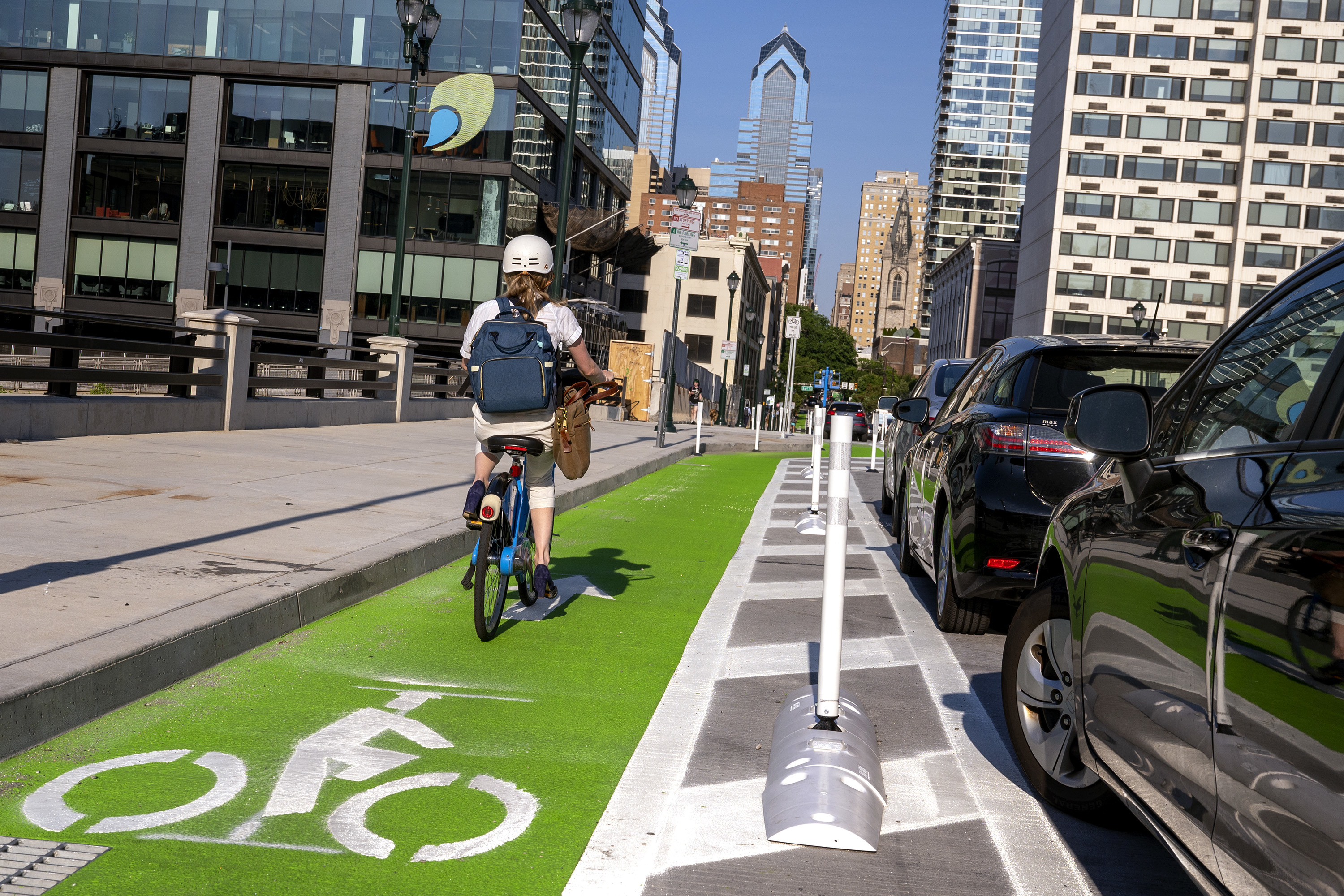More bike lanes will not add to safety
I knew we’d be hearing from the “bicycle community” after the tragic death of pediatric oncologist Barbara Friedes in a bicycle lane, which were installed, ironically, to protect bicycle riders.

Seeing a story in the Inquirer filled with advocates for more and better bike lanes was no surprise.
Nor was the total absence of any voice in opposition to expanding bike lanes. That includes adding concrete bollards, or expanding bike lanes that are protected by parked cars, as currently exist on a few Center City blocks like Market and JFK.
The reporter offered a few words in a single sentence about how merchants fear that parking-protected bike lanes would harm their business. But who cares about them? Other hardened parking lanes, it was not reported, make it difficult for residents to drop off passengers or unload groceries. But who cares about them?
For the record, a tiny 2.3% of Philadelphians commute by bike, according to the Bicycle Coalition of Greater Philadelphia, which tries to put a positive spin on the abysmal numbers. But some of us remember when the bike lane virus began in earnest in 2010, the city projected 6% of us would be biking by 2020. It has never gotten to even half that number, even as bike lanes keep expanding. It’s like “Field of Dreams” in reverse. Build it, and they will not come.
The Inquirer story quoted, of course, someone from the Bicycle Coalition, a “scared” cyclist, and a Villanova University environmental assistant prof. All were for more bike lanes.
Not a single quote from the other side, as usual, despite the journalism adage that there are two sides, at least, to every story.
At the Inquirer, not so much if the “other side” goes against the progressive narrative.
And yet there is another side, a side that says bike lanes are inherently dangerous because most accidents between cars and bikes happen at intersections, which can’t be “protected.” The danger is even worse when the cyclist is hidden from the motorist by a parked car, which is what happens in lanes “protected” by parked cars.
That danger was spelled out in a 2022 article in Forbes.
You don't have to agree with it to acknowledge it. Two sides, right? The author of the Forbes piece quoted from industrial engineer John Forester’s 2012 book, “Effective Cycling”:
“Nobody with traffic-engineering training could believe that [bikeway] designs that so contradicted normal traffic-engineering knowledge would produce safe traffic movements.”
Let’s be real.
Bicycling riding — like driving cars or motorcycles — is an assumed risk. It is inherently dangerous. I knew that as a 5-year-old riding my Schwinn in traffic.
What we should be doing is reducing risk.
How? First by enforcing traffic laws which have been in a deep decline for a long time, as I recently reported. We have too many reckless drivers in Philadelphia.
Second, heighten driver education to make motorists more alert to cyclists.
Third, require that cyclists take a driver’s ed course to make them aware of drivers’ blind spots, and the geometry of turns, so they can avoid being crushed by a turning vehicle.
The thing not to do is reach for knee-jerk solutions, such as more bike lanes of dubious value.



